Salvia Cutting Propagation: Can You Grow Salvia From Cuttings
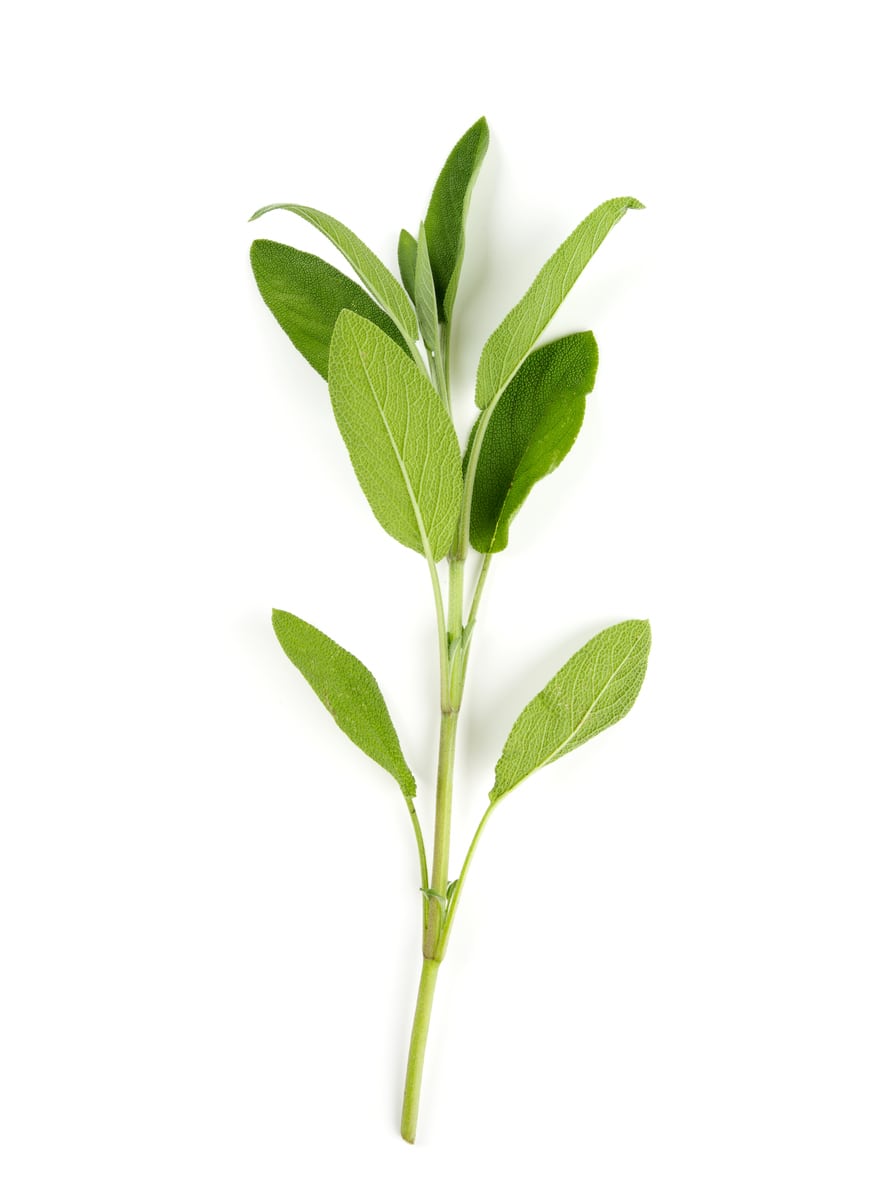

Salvia, commonly called sage, is a very popular garden perennial. There are over 900 species out there and every gardener has a favorite, like the deep purple clusters of Salvia nemorosa. If you have salvia and want more of these easy-care beauties, nobody can blame you. Fortunately, it’s not difficult to propagate. Can you grow salvia from cuttings? Read on for information about salvia cutting propagation including tips on how to root salvia cuttings.
Can You Grow Salvia from Cuttings?
The great thing about salvia cutting propagation is that you are certain to get plants exactly like the parent plant. With seed propagation, this isn’t always the case. Anyone with sage plants can start propagating salvia from cuttings. It’s easy and virtually foolproof. When you are propagating salvia from cuttings, you’ll want to cut segments of the plant from stem tips. Some experts recommend that the cutting include one bud at the top of the stem and two leaf nodes. These are the places leaves grow from the stem. Others suggest taking a cutting between 2 and 8 inches (5-20 cm.) long. In either case, be sure you use sharp, sterilized pruning shears and make the cut just below a node.
How to Root Salvia Cuttings
As you take the cuttings for salvia cutting propagating, place them in a glass of water, cut-end first. That helps to keep them fresh. The next step is to trim off all leaves on the lower few inches (8 cm.) of the stem cutting. If you are working with big-leaf salvia, also cut off the lower half of each leaf you’ve left on the stem. You can either start propagating salvia from cuttings by placing them in water or by putting them in soil. If you opt for salvia cutting propagation in water, just put the cuttings in a vase and add a few inches (8 cm.) of water. After a few weeks, you’ll see roots growing. When rooting salvia cuttings in soil, dip the cut end in rooting hormone, then plant it in moist potting medium. One good medium to try is a 70/30 mix of perlite/vermiculite and potting soil. Again, expect roots in about 14 days.
Gardening tips, videos, info and more delivered right to your inbox!
Sign up for the Gardening Know How newsletter today and receive a free copy of our e-book "How to Grow Delicious Tomatoes".

Teo Spengler is a master gardener and a docent at the San Francisco Botanical Garden, where she hosts public tours. She has studied horticulture and written about nature, trees, plants, and gardening for more than two decades. Her extended family includes some 30 houseplants and hundreds of outdoor plants, including 250 trees, which are her main passion. Spengler currently splits her life between San Francisco and the French Basque Country, though she was raised in Alaska, giving her experience of gardening in a range of climates.
-
 Get Ready For A Summer Of Hummers! Grow These Full Sun Hummingbird Plants and Flowers
Get Ready For A Summer Of Hummers! Grow These Full Sun Hummingbird Plants and FlowersIf you’re lucky enough to enjoy a sunny backyard, make sure you are maxing out on your pollinator opportunities and grow these full sun hummingbird plants and flowers
By Tonya Barnett
-
 12 Lush Alternatives To A Lawn For Sustainable Spaces
12 Lush Alternatives To A Lawn For Sustainable SpacesAlternatives to a lawn are beautiful and also beneficial to your local ecosystem and its pollinators. Explore our top picks for plants to replace grass.
By Tonya Barnett
-
 Varieties Of Salvia For Part Shade Or Shade
Varieties Of Salvia For Part Shade Or ShadeBesides being easy to grow, salvia or sage plants are versatile and some even enjoy partial shade. Read on for more.
By Laura Miller
-
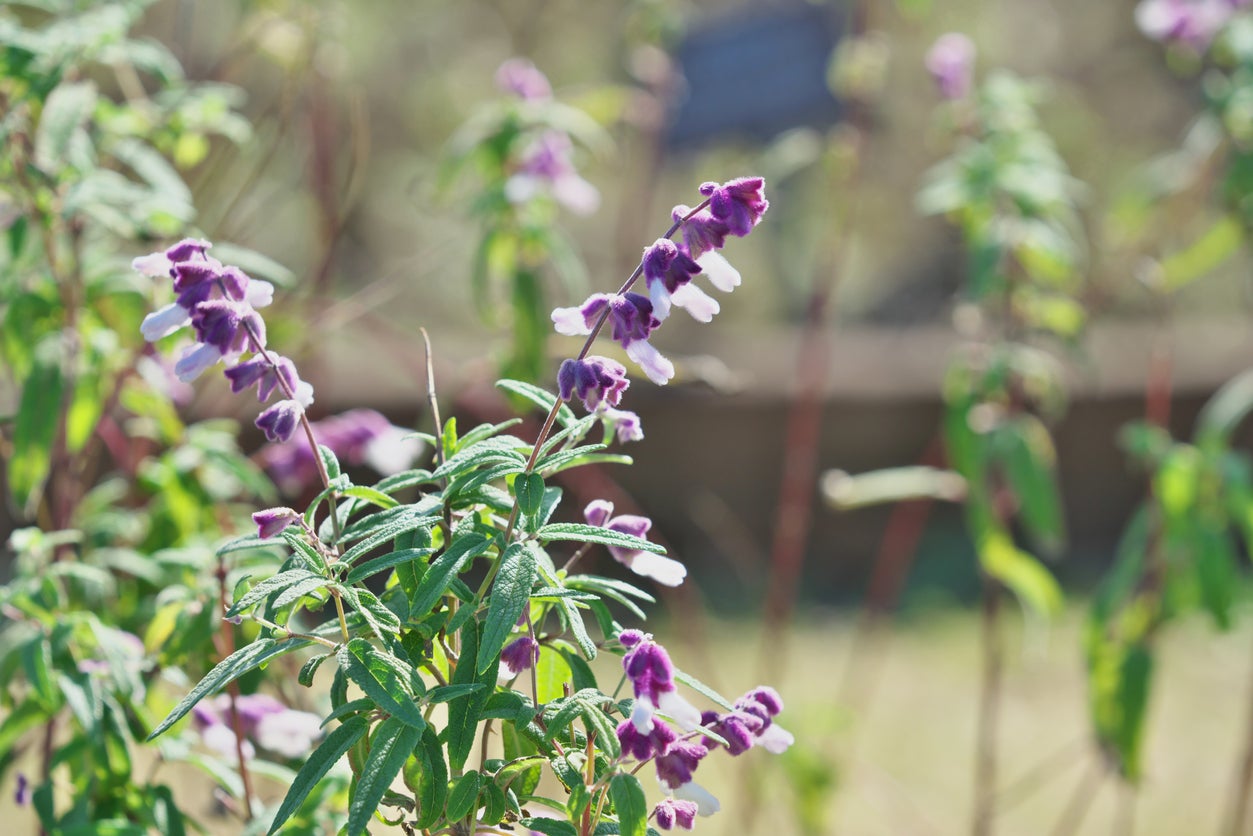 Mexican Bush Sage Care: How To Plant Mexican Bush Sage
Mexican Bush Sage Care: How To Plant Mexican Bush SageChoosing flowering plants that encourage diversity of wildlife in the garden is a key aspect of creating a lush, green garden oasis. Mexican bush sage plant is an ideal choice for those wishing to establish perennial plantings that will thrive all season long. Learn more here.
By Tonya Barnett
-
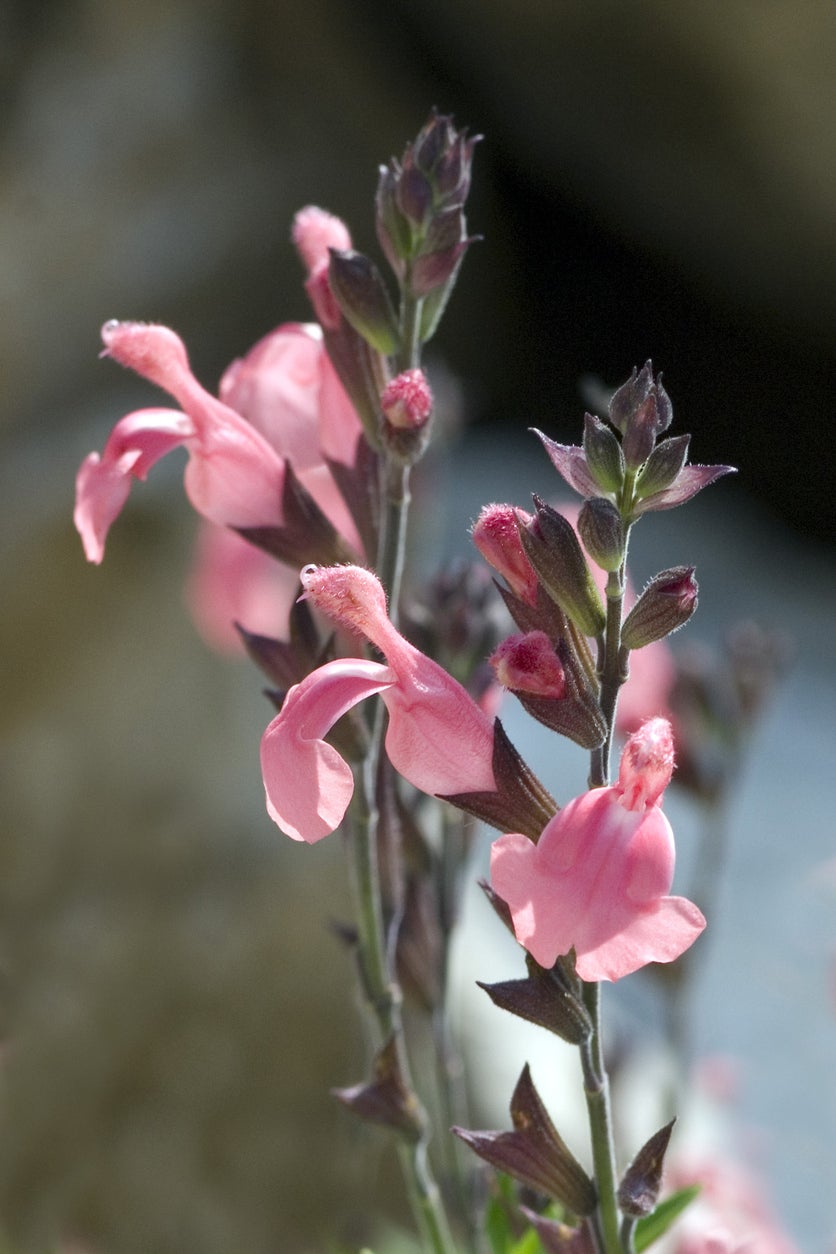 Autumn Sage Care: Growing An Autumn Sage Plant In The Garden
Autumn Sage Care: Growing An Autumn Sage Plant In The GardenSelecting perennial flowers can be one of the most difficult aspects of planting flower borders or landscapes. The autumn sage plant is a perennial that has gained popularity. Not only is this plant versatile, but it offers a season filled with flower blooms. Learn more here.
By Tonya Barnett
-
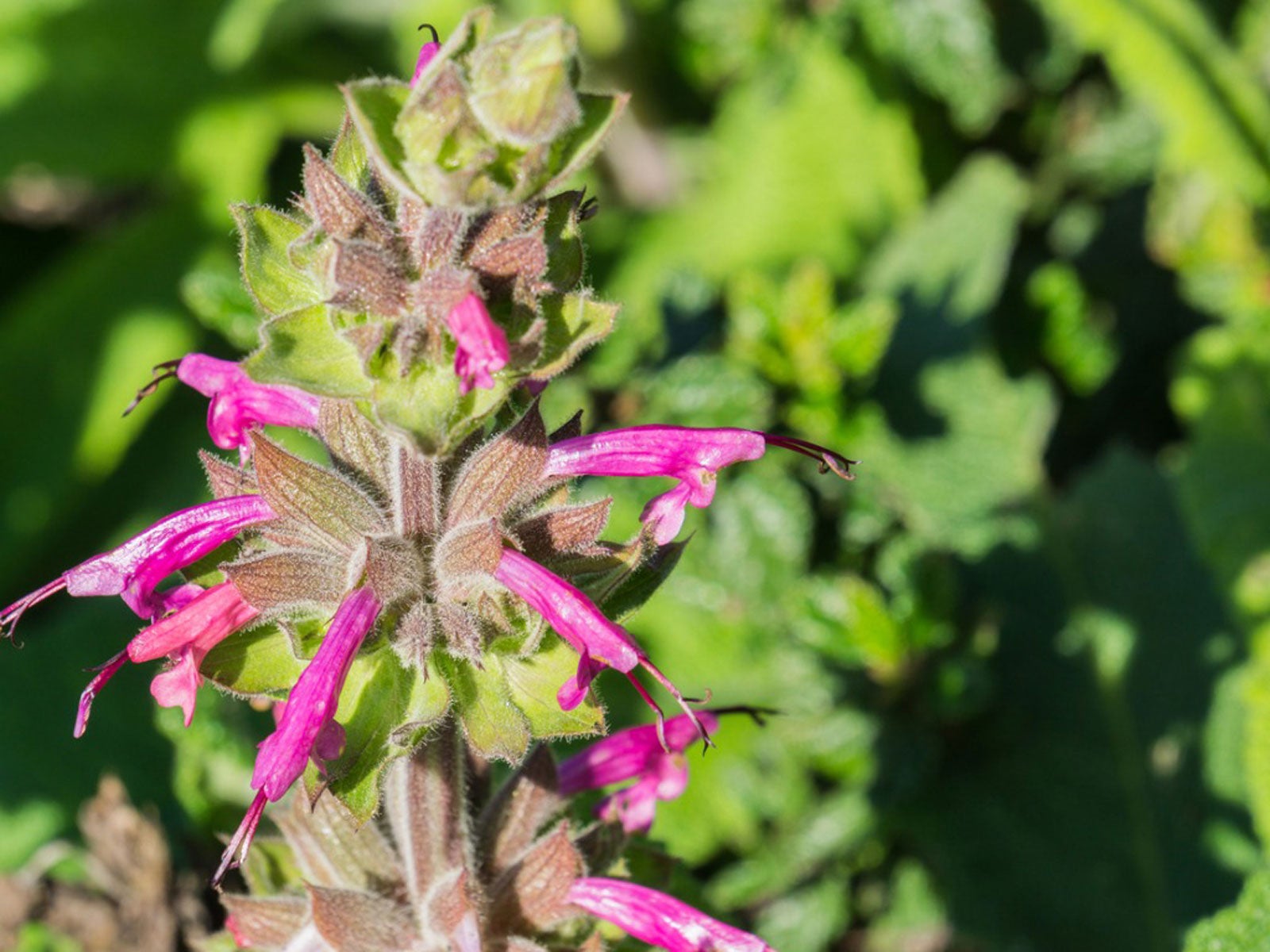 Hummingbird Sage Plant Care: Tips For Growing Hummingbird Sage Plants
Hummingbird Sage Plant Care: Tips For Growing Hummingbird Sage PlantsAs the name may suggest, the hummingbird sage plant has pitcher shaped flowers which attract hummingbirds. Click here for growing information.
By Laura Miller
-
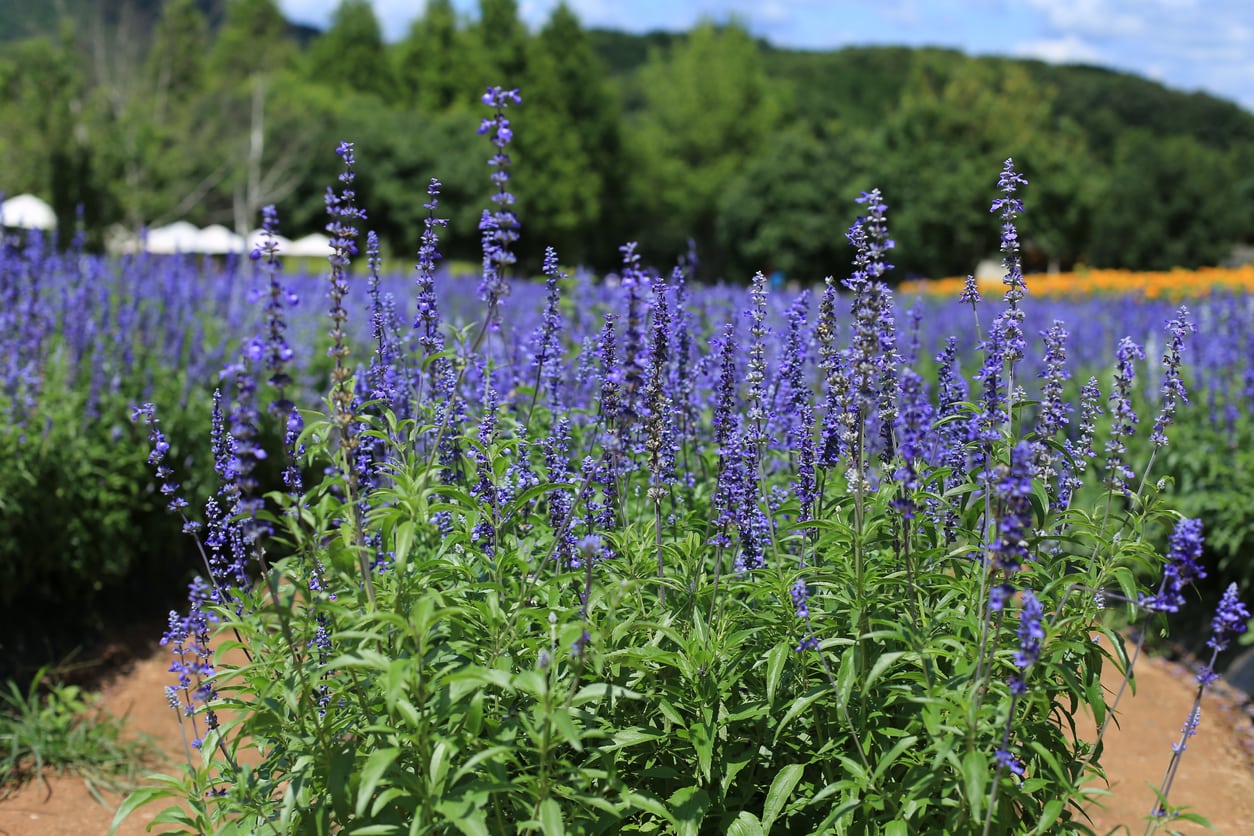 What Is Mealycup Sage: Blue Salvia Info And Growing Conditions
What Is Mealycup Sage: Blue Salvia Info And Growing ConditionsMealycup sage has stunning purple-blue flowers that attract pollinators and brighten the landscape. The name may not sound terribly pretty, but the plant also goes by the name blue salvia. Click here for some comprehensive blue salvia information.
By Bonnie L. Grant
-
 Mojave Sage Information: Learn About Mojave Sage Care In Gardens
Mojave Sage Information: Learn About Mojave Sage Care In GardensWhat is Mojave sage? Native to Southern California, Mojave sage is a woody shrub with aromatic, silvery-green foliage and spiky lavender blooms. Click on the article that follows to learn more about this vibrant, dry-climate plant.
By Mary H. Dyer
-
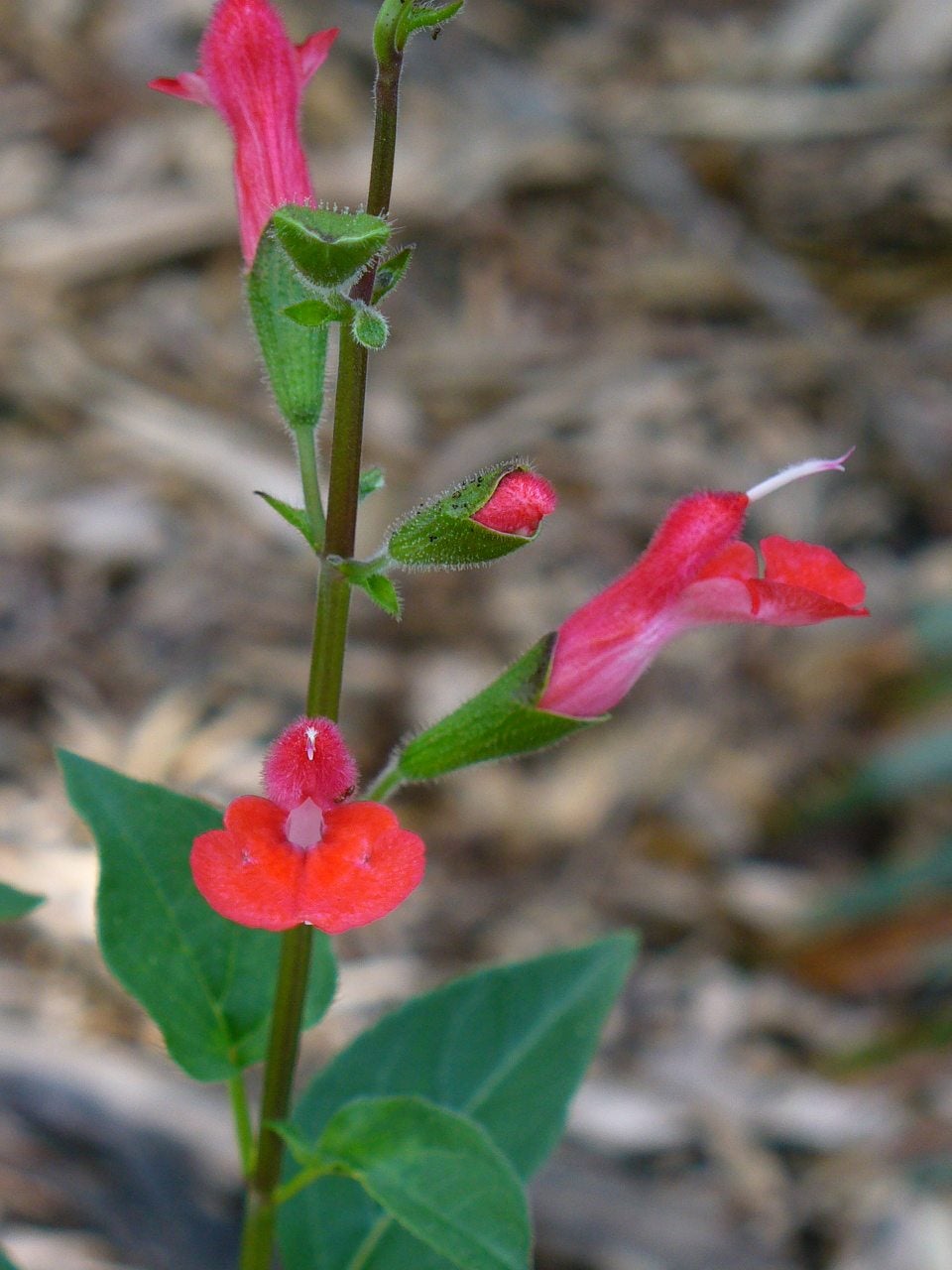 Eyelash Sage Plant Care: Tips On Growing Eyelash Sage Plants
Eyelash Sage Plant Care: Tips On Growing Eyelash Sage PlantsLooking for an easy care bloomer that attracts hummingbirds? Look no further than eyelash leaved sage. What is an eyelash sage? Click on the article that follows to find out about growing eyelash sage plants and care.
By Amy Grant
-
 Purple Sage Planting Guide: What Is Purple Sage And Where Does It Grow
Purple Sage Planting Guide: What Is Purple Sage And Where Does It GrowUsed to sandy, poor soil, sage requires little maintenance and is perfect for filling in areas where most other plants would die. Click this article to learn more about growing purple sage plants and the care of purple sage in gardens.
By Liz Baessler